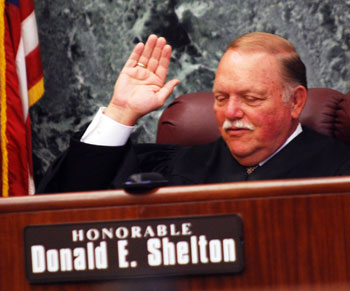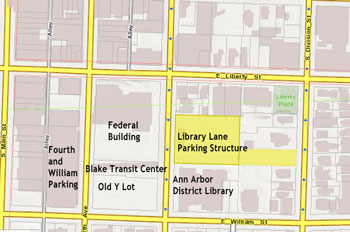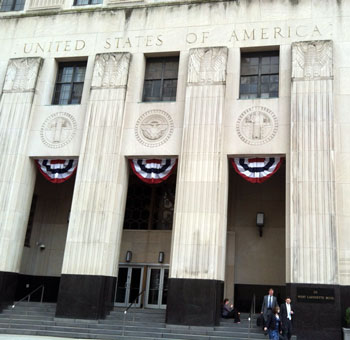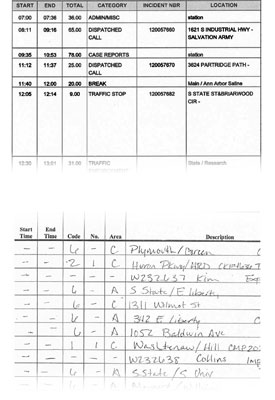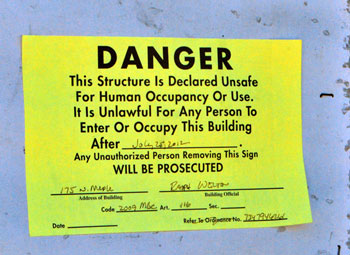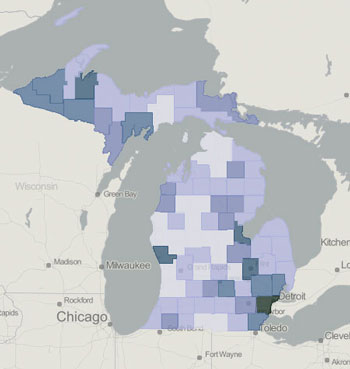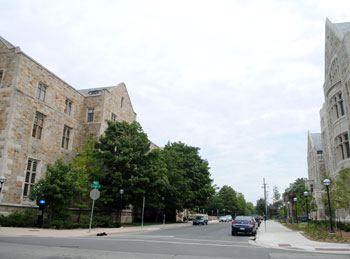I was first introduced to Greek drama in my sophomore year of high school.
Here’s bit of friendly advice to high school teachers everywhere: If you take a group of kids in southern Indiana and assign them parts in Anouilh’s Antigone to read aloud sitting at their desks, at least one of those kids will contemplate stabbing out his own eyes as a way to avoid doing that.

This is Emily Caffery as Elektra, making her entrance onto the stage at West Park on opening night, July 10, 2014.
Because I am not a hero in a Greek play, I did not act on the inclination. But based on that first exposure to Greek drama, I did not develop an appreciation for it, or any other literary tradition. In literary terms, this failure to “develop an appreciation” for Greek drama is, I believe, accurately described as “understatement.”
So I must avail myself of another highfalutin literary device (irony) to urge you, Chronicle readers, to attend one of the upcoming performances of “Elektra,” this year’s Penny Seats Theatre Company West Park production.
Opening night was July 10. It will be performed over three weekends: July 10-12, July 17-19 and July 24-26. Buy a ticket.
To be clear, it’s not Greek drama I’m trying to sell you. I’d like to sell you on the idea of Greek drama performed in West Park, one of 157 parks here in Ann Arbor.
I want to sell you on that idea, because mostly when you read about Ann Arbor’s parks in The Chronicle, it’s in some super policy-wonky context. Sometimes that context is the city council, when it’s engaged in its own park-based drama. Or it’s our coverage of the park advisory commission.
So in the Penny Seats production of “Elektra,” I spotted an opening to pitch Ann Arbor’s parks to readers – in a different way than we typically cover them.
West Park is just west of downtown, between Chapin and Seventh streets. Motorists on Huron Street will be familiar with the park’s general location, even if they don’t know the park itself: It’s north of the HAWK crosswalk pedestrian signal as you pass the Y building.
Pedestrians who cross Huron at the HAWK crosswalk, and head a half block north along Chapin, will find the park entrance on the left. From that direction, the park offers a fairly conventional playground, a basketball court and a Project Grow gardening plot. A bit farther to the west, hugging the northern portion of the park, is a baseball field. And to be perfectly clear, that’s a baseball (not softball) field – which has been described by players as the best place to play baseball in all of lower Michigan. To the south, there’s a pond or wetland type area. A boardwalk leads across it, so you can stop along the way and make friends with a frog, some duck or a muskrat.
On up the hill to the west, past the ball field and the wetland, is the bandshell, with a series of seatwalls. The Penny Seats production of “Elektra” is being performed on the apron immediately in front of the seatwalls, not on the bandshell stage.
I attended opening night of “Elektra.”
I’ll grant you that the opening to this column might have convinced you that I am not to be trusted on theatrical matters. I do have one credential, however. The summer after that high school English class – the one that made me think about stabbing out my eyes – our teacher bused us up to the Shakespeare Festival in Stratford, Ontario. We attended a half-dozen performances. So I think I have some frame of reference for what a professionally-produced stage performance is supposed to look and sound like.
And professional is what the Penny Seats production sounds like. Listen for yourself: [.mp3 Elektra Snippet 1] [.mp3 Elektra Snippet 2] [.mp3 Elektra Snippet 3] [Full Story]






